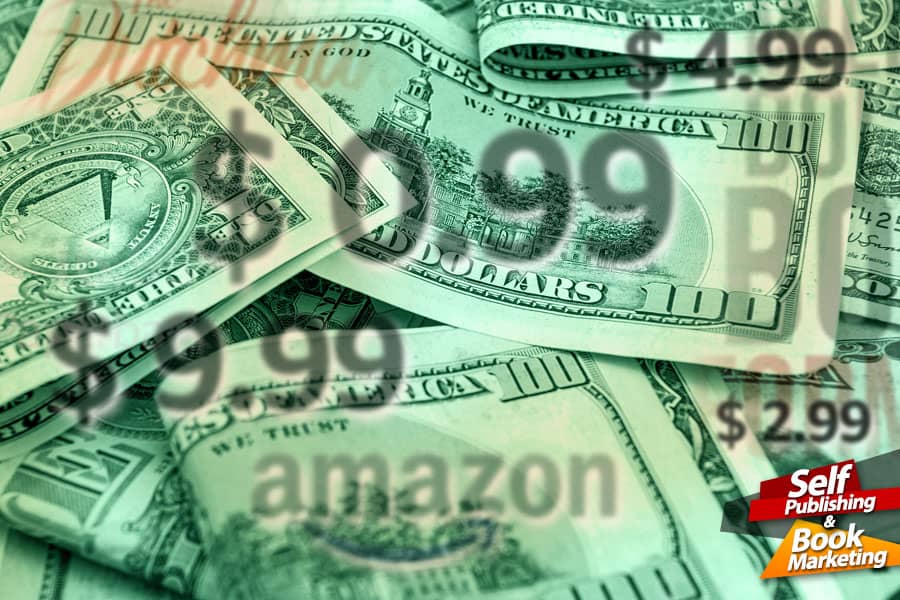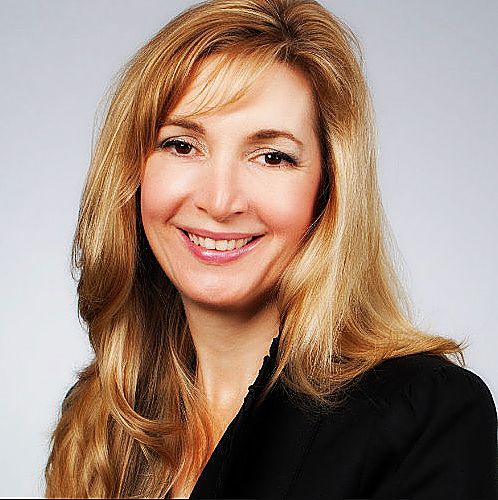
Andrea Waltz - November 4, 2021 - 
Book Cost! How Much Should Your Book Be Priced?
Book cost and determination of how the book should be priced is one of the most important steps for any successful author. Based on all the time and effort you put in, your book should probably be priced around $8,592.00 right?
Alas… book cost is…
• How long it took you to write your book…
• How much money you spent on the book production…
• Or, if you have a co-author with whom you share royalties…
Does not matter to your reader. So, you can’t consider of any of these things.
Factors to Consider When Thinking About a Book Cost
There are a lot of factors that go into pricing a book but in my experience here are the three most important:
1. Current Pricing Standards in the Book Market
As a book buyer yourself, you already know that the majority fall within a predictable price range:
• Hardcover books (fiction and non-fiction) are between $18-32.
• Non-fiction paperbacks usually fall in the $9.99 to $18.99 range.
• Non-fiction e-books are usually in the $4.99 to $9.99 range.
• On the low end, you have fiction e-books, usually priced in the $2.99-4.99 range, unless the author is a big name (in which case the pricing is higher).
• And then there is FREE.
The fact that there are existing price ranges does not mean you have no flexibility when it comes to book cost. What a book is worth is subjective, at least to some degree. In fact, there is more “price elasticity” in book pricing than most authors think.
Price elasticity means the price can be S-T-R-E-T-C-H-E-D like a piece of elastic. Not endlessly because even stretchy elastic has its limits—but it can be stretched more than you think.
Nothing says that just because other authors price their books cheap, you must price your book on the low end to be successful.
2. Price to Value (What the Book Does for the Reader)
You are never just selling a book—you are also selling what that book does for the reader.
The bigger the problem your book solves, the more you can charge…within limits. For example, my business fable, “Go for No!” is short. Based on the page count of just 80 pages, we probably should have priced it at around $5.95. Instead, we put it out at $12—double. For one main reason: The book solves a significant problem.
The bigger the perceived problem being solved, the more you can charge. Major brands understand this. Many authors forget this.
That’s why books should be priced by the problem, not by the cost to produce it or the page count. At least to some degree. Now, if you take advantage of the reader, and you charge too much for too little value, you’ll hear about it in your reviews. And that is the last thing you want!
So, look at the other books who solve a similar problem to yours as a guide.
Don’t assume that underpricing your book is smart either. Would you want the “cheapest” book called, “How to Solve Back Pain in a Day”? Me neither.
Staying towards the higher price point in the world of non-fiction, when you are solving a problem is the better strategy.
Granted this is obviously for non-fiction books. Fiction is a little different. And that brings us to the final consideration.
3. Price to Reader
Celebrity fiction author’s books sell by name and by the brand they’ve created. My husband has gladly paid full price for a new Jack Reacher hardcover many times.
For mortal non-celeb fiction authors, they typically price books based on:
• the book genre
• the expectations of that reader
• and the book itself
The whole thing is a little bit of a crazy dance. It’s only a few dollars either way, but there’s a TON of psychology behind the final decision on the price.
For niche genres, readers can be voracious. This means they buy a lot of books. That’s good if you are an author. However, they also buy a lot of books, so they don’t want to spend a lot on one book. But, once you are established and they love your writing, you can charge more. I know, a little confusing.
Remember, it’s a dance!
In terms of reader expectations for ebooks, they expect to find fiction books are somewhere between $0.99 on the low end and $5.99 on higher end.
Does your book have over 100 hundred five-star reviews? You could probably add a dollar or two.
As for non-fiction, books targeted at business executives usually support a higher price than books for the general public.
You must consider who your book is targeting and price accordingly. In fact, if you price your book too low, like a book targeted at CEOs with a $9.99 cover price, it will look suspiciously out of place next to other, higher-priced books in the same category.
The bottom line is: TEST!
Sometimes you just have to hit “publish” do some promoting and see what works. If your book is not selling, it just might be a little price resistance. Lower it a bit, work on getting great reviews, and go up from there.
Bonus Tip: Discounting
On Amazon, if you are enrolled in KDP Select, you have the option of running special Kindle Countdown Deals on your ebook.
This is a great strategy to employ a couple after your initial release, around the anniversary of your book publishing date, or some other meaningful day. For example, we’ll discount our non-fiction fable, “The Fear Factory”, normally $9.99 to $2.99 around Halloween as part of a “face your fear” promotion.
Be sure to reach out to everyone on your email list and social media to help get the word out when you are doing a special price deal.
Wait, what about free??
Essentially giving away your ebook for free is like the Chinese grill at the mall giving out a taste of the chicken stir-fry to encourage you into staying and having it for lunch. Making the first book in a series free is the same strategy. But it’s only smart if you have a several books in a series to offer the reader once they sample “book one.”
It’s a terrible idea if you only have one book.
Some authors might do a short term “free promo” just to hit a list, get a bunch of downloads, and hopefully some reviews too.
These days, though, I am not sure that’s even worth it.
It’s a little counter-intuitive, but people value what they pay for. Just because you make something free, including a book, doesn’t mean it gets read. And ultimately, having your book actually get read is the goal.
Whatever you end up deciding about your book cost, remember it’s all about the value in the mind of the reader. So, keep in mind the investment you make in a great cover, excellent editing, and every other step in the process will pay off when it comes to the price you can charge.
At every turn think about how you can increase that value so that the price you select becomes an easy decision to click on “Add to Cart.”
If you liked this article you might also like:
• Amazon Author Central – How to Setup Your Author Page on Amazon!
• The Book Marketplace Has Changed. Make Your Book Available From All the Online Retailers!
• The Levels of Writing and Editing Explained Once and for All
• Why First-Time Authors Need an Editor!
• Book Marketers Secrets – 7 Secrets of Top Book Marketers!
• Self-Publishing Success Stories. Secrets of Million Dollar Self-Publishers!
• Never Judge a Book By Its Cover! – Are You Really Sure?
• Business Plan for Authors. Do Authors Need a Business Plan?
• Creative Book Marketing Ideas for Selling Your Books!


